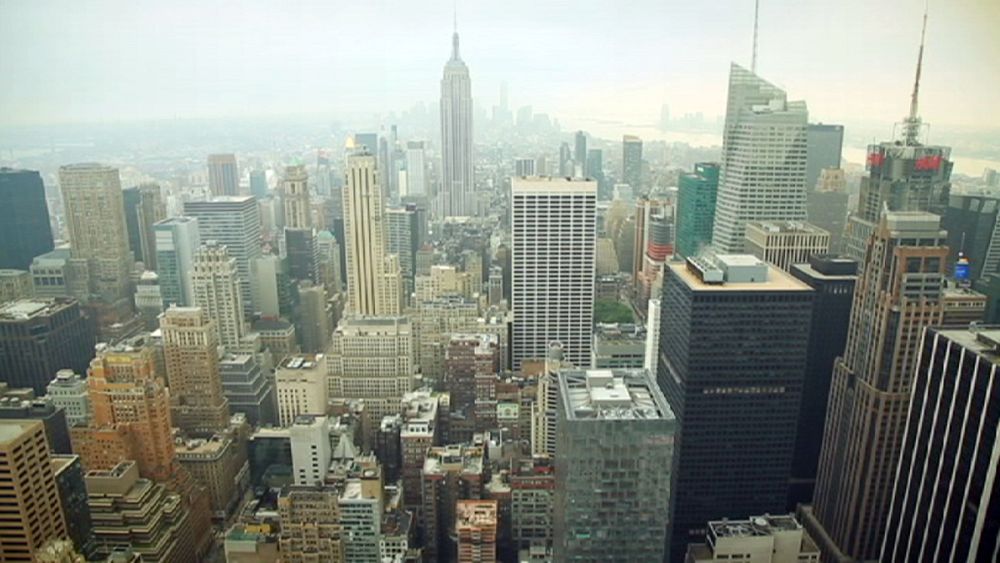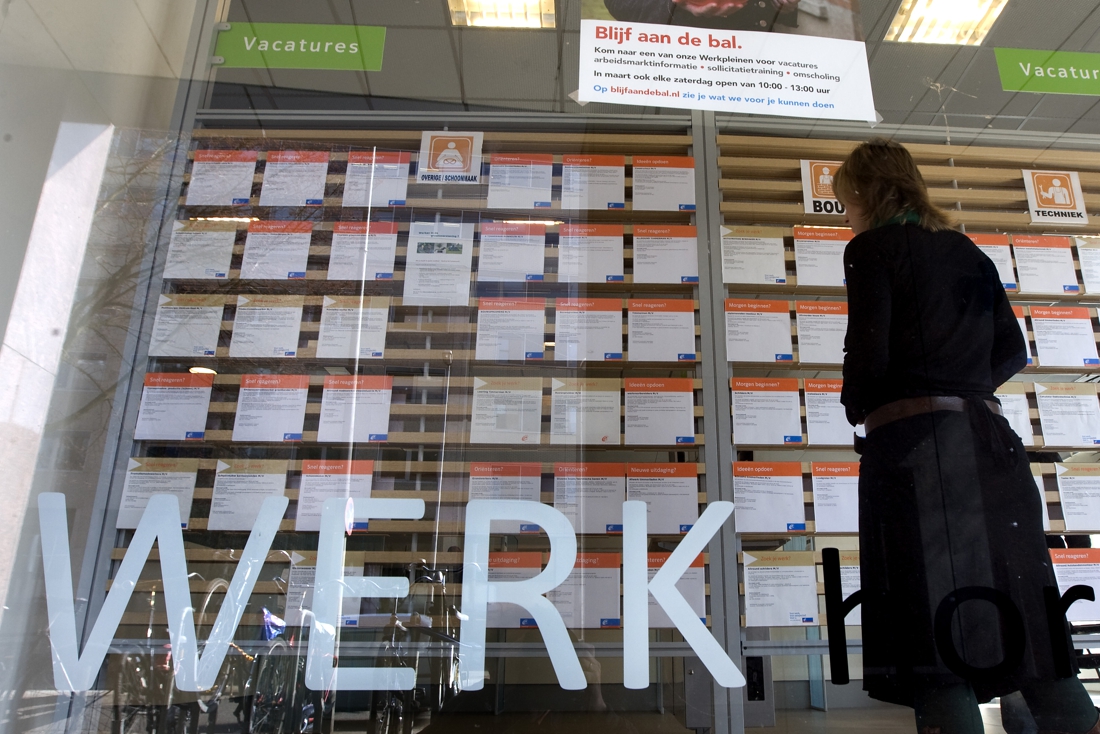Our cities must take up major energy challenges: in New York, this involves fighting soot and pollution. A twenty-year plan has been launched to replace the most polluting fuels used for heating with cleaner solutions such as natural gas.
New York’s plan for clean heating
- it targets the most polluting fuel oils (numbers 6 and 4)
- around 10,000 buildings in New York used them for heating in 2011
- number 6 will be banned in July 2015 and number 4 in 2030
- among the alternatives, natural gas, biodiesel and low sulfur diesel
- all new boilers and burners must use cleaner fuels
–
–
According to local health authorities, 800 lives can be saved each year thanks to all measures to improve air quality. They also hope to avoid hundreds of hospitalizations for asthma or respiratory and cardiovascular problems.
For decades, 10,000 New York buildings have been heated with the heaviest fuel oils, polluting more than all automobile traffic across the city. A law adopted in 2011 aims to ban by 2030, these fuel oils – called number 6 and 4 in the United States -. They will have to give way to energy sources such as natural gas or greener fuels.
One of the city’s largest real estate owners, Columbia University will have converted more than eighty of its residences to gas by the end of the year. “Columbia and New York are intrinsically linked,” underlines Frank Martino, operational vice president of the establishment, “we have always been involved in the development of the city and being at the forefront in many areas – not only in higher education – has always been very important to us. ”
Although the law allowed her to choose another option, the University felt that gas was the best option available to her. “There is the environmental perspective – it is a fuel that is much cleaner, which will allow a small reduction in our emissions -,” says Frank Martino before adding: “but there is also the fact that it allows reduce maintenance on the equipment, as well as the general wear and tear of the building itself. ”
The municipality which subsidizes these developments ensures that the results are there: last year, air pollution in New York returned to its lowest level in more than fifty years.
Some experts see natural gas as an obvious alternative: it is more environmentally friendly, cheaper, abundant, but also constantly available. “You can take advantage of this source of energy whenever you want – not just when the wind is blowing or the sun is shining -” emphasizes Barry Stevens, energy expert, “gas is available 24/7 : this is the problem with certain renewable energies. ”
Despite the debates over its extraction techniques, the use of natural gas is increasing worldwide: it has increased by 2.8% per year over the past ten years and the trend should be confirmed at the future. Between 2010 and 2035, an increase of 50% is expected.
New York State, for example, is interested in liquefied natural gas mainly for fueling trucks and storing it for heating. The city for its part already has a large fleet of buses powered by compressed natural gas and hybrids.
– .


